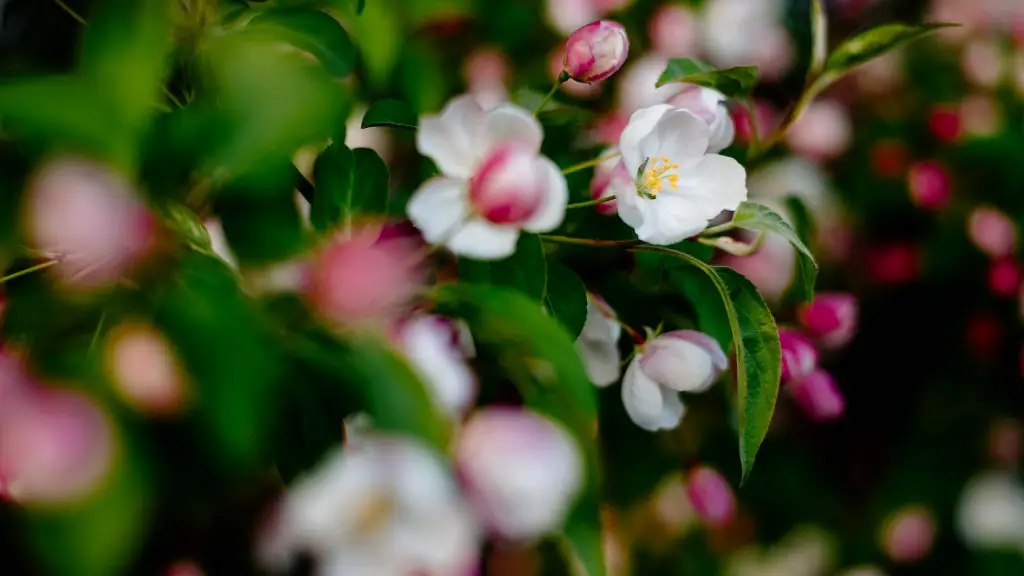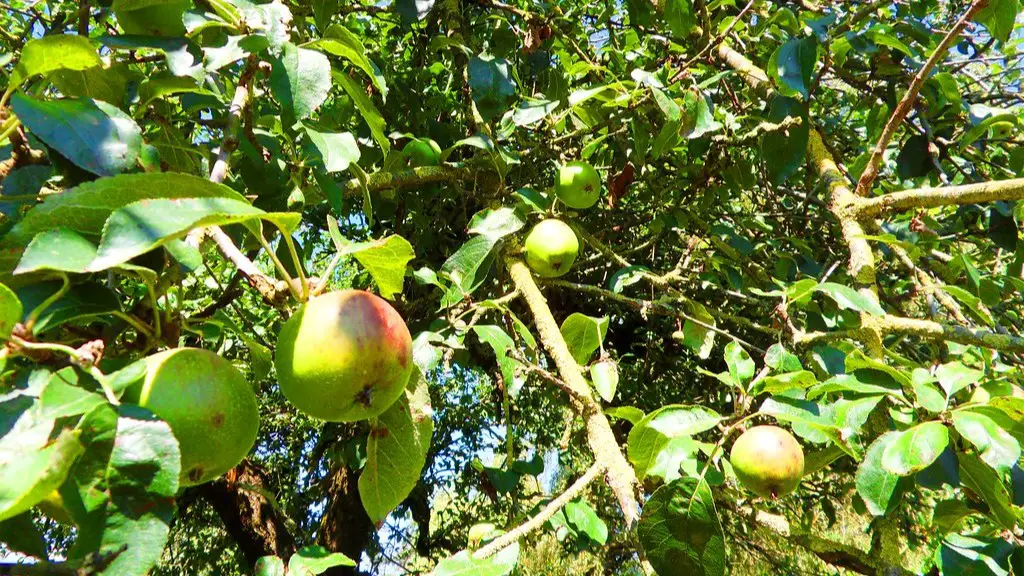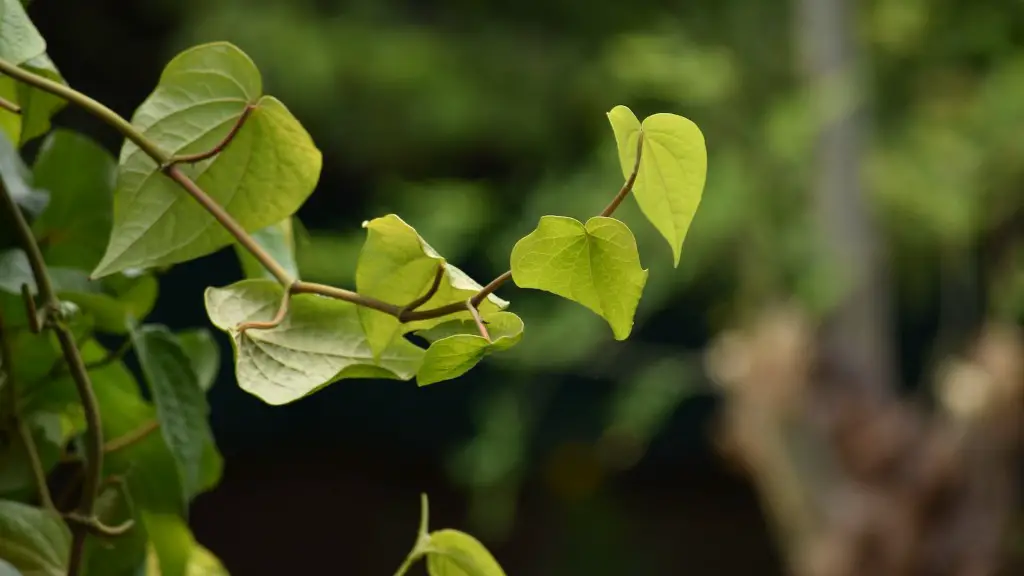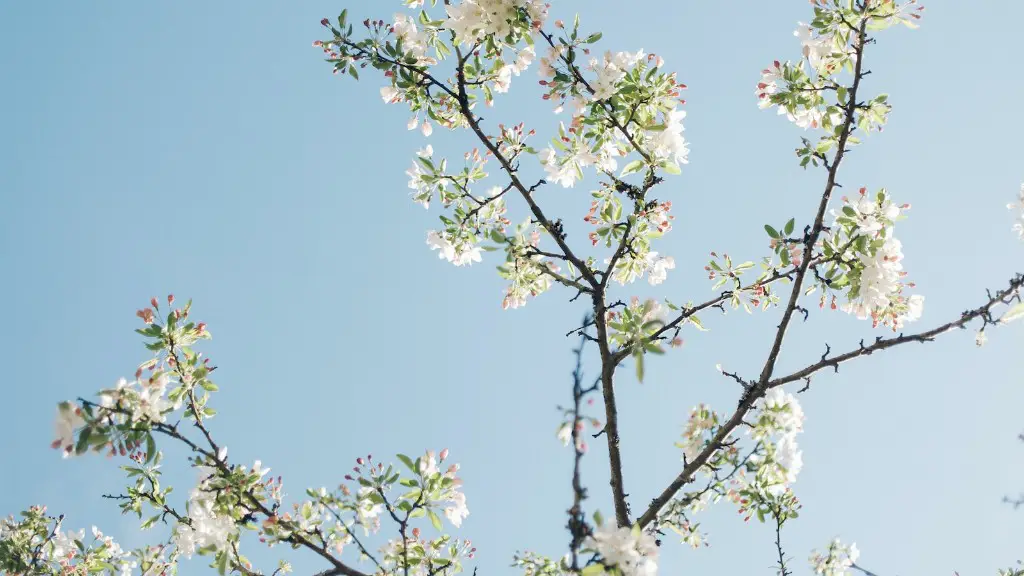Areca palms are one of the most popular indoor plants because they are easy to care for and add a touch of elegance to any room. Here are some tips on how to care for your areca palm tree indoor:
-Place your palm tree in an area that receives indirect sunlight. Too much direct sunlight will cause the leaves to turn brown.
-Water your palm tree regularly, but make sure the soil is always slightly moist. Overwatering will cause the leaves to turn yellow and drop off.
-Fertilize your palm tree every two to three months with a palm tree fertilizer to keep it healthy.
-Trim off any dead or yellow leaves as they appear.
With just a little bit of care, your areca palm tree will thrive indoors for many years to come.
To care for an areca palm tree, water the tree when the top inch of soil is dry. Water the tree slowly, so that the water can soak into the roots. The tree will need more water during the summer months. Fertilize the tree every two to three months with a palm tree fertilizer. The tree will need more fertilizer during the spring and summer months.
How do you take care of an indoor areca palm plant?
The areca palm is a beautiful, low-maintenance plant that is perfect for any home. Though it is a slow grower, it is well worth the wait as it adds a touch of elegance and style to any room. The areca palm prefers to be somewhat root-bound, so it should only require repotting every two or three years. When repotting, be sure to use well-draining potting soil and a pot with drainage holes to ensure that the plant stays healthy and happy. Allow the top of the soil to dry out between waterings, and water less often during the winter months. With a little bit of love and care, your areca palm will thrive for years to come!
Water your Areca palm once every 1-2 weeks during the summer, and every 2-3 weeks during the winter. Depending on the climate, you may need to water more or less often.
Why are the tips of the leaves of my areca palm turning brown
If you notice that your areca palm’s leaves are turning brown, it is likely due to incorrect watering. Overwatering can cause young leaves to turn brown, while underwatering can cause yellowing leaves. Brown leaf tips are also a sign of cold draughts or a dry atmosphere.
It’s not advisable to prune the brown tips off palm leaves. Snipping off the brown tips can cause the whole frond to die. So, only trim dead fronds if they have turned brown or look unsightly. Re-Potting: One of the reasons why indoor Areca Palms are easy to care for is that they rarely need repotting.
How do I know if my areca palm needs water?
Water your Areca palm judiciously. Check the topsoil before watering with a finger dig test and water only when the top two inches if the soil is dry. While overwatering is a sure shot killer, under watering and irregular watering also causes drying of leaves.
If you notice that your areca palm tree’s fronds are beginning to turn yellow or brown, droop, or fall off, this is a sign that the tree is under stress and may be dying. The key to reviving a dying areca palm is to determine the cause of the stress and then take steps to remediate the issue as soon as possible.
Should I remove yellow leaves from areca palm?
If your new leaves are already turning yellow, then your plant may be lacking in important nutrients like manganese, iron, or zinc. If older leaves are turning yellow, then there may be spider mites present. To correct a potassium deficiency, remove the yellowish fronds and use sulfur-coated potassium sulfate on the soil.
Areca palms are beautiful, stately plants that make a dramatic statement in any landscape. They are relatively easy to care for, but like all plants, they need the right fertilizer to achieve optimal growth.
An ideal fertilizer for the Areca Palm will be with higher levels of nitrogen, potassium, and lower levels of phosphorus. A nitrogen-rich fertilizer is essential for the Areca Palm plants, which are known for their lush foliage. Nitrogen encourages leaf growth, so a fertilizer with a high nitrogen content will help your Areca Palm achieve its full potential. Potassium is also important for these plants, as it helps to promote strong root growth. A fertilizer with a high potassium content will help your Areca Palm to develop a strong, healthy root system.
While phosphorus is important for all plants, too much phosphorus can actually be harmful to Areca Palms. Excess phosphorus can lead to root problems and can even kill the plant. For this reason, it is important to use a fertilizer with a lower phosphorus content.
When selecting a fertilizer for your Areca Palm, be sure to choose one that is specifically formulated for palms. Using a fertilizer that is not specifically designed for palms can potentially do more harm than good. Be sure to
Can areca palm survive without sunlight
Areca palm require a lot of light to stay healthy, so make sure they get around 5 to 6 hours of sunlight every day. If they don’t get enough light, they will gradually lose their color and eventually die. Pay attention to your plant and give it the care it needs to thrive.
If you have palm trees, you can use coffee grounds to help them grow healthy and strong. The grounds are a great source of nitrogen, which helps promote healthy growth in plants. Coffee grounds also help to retain moisture and can act as a natural fertilizer. Just be sure not to use too many, as too much nitrogen can actually be harmful to plants.
How do I make my areca palm green again?
Areca palm trees are a beautiful addition to any home, and they can thrive indoors with the right amount of light. They need bright, indirect light from a south- or west-facing window, and the leaves will turn yellowish-green in direct sunlight. By providing the right amount of light, you can ensure that your areca palm tree will thrive for years to come.
If you see any of these signs in your palm tree, it is likely that you are overwatering it. Make sure to check the soil moisture level before watering and only water when the soil is dry to the touch. Also, be sure to water at the base of the tree, not from above, to avoid getting water on the leaves.
Can brown palm leaves turn green again
If you notice that your palm fronds are completely brown, it is likely that they are dead and will not turn green again. This is a natural process for palms as they will shed dead fronds as new ones grow.patiently wait for the palm to renew its crown to get rid of the damaged fronds.
If you notice any of these pests on your areca palm, it’s important to take action immediately to save your plant. These pests can cause serious harm to your palm by sucking the sap from the stem and leaves, which can eventually lead to yellowing of the leaves and even death of the plant. To protect your areca palm, learn to recognize these pests and be on the lookout for them. If you see any, act quickly to remove them and save your plant!
How often should you repot areca palm?
We suggest repotting your Areca palm anywhere between 2-3 years, however, keep an eye out for signs that your plant may need to be repotted sooner. For example, if the roots are growing out of the drainage holes, your Areca may be getting too big for its pot, or you may want to repot as salts have built-up in the soil from the water.
To ensure your areca palm receives the right amount of light, place it near a south- or west-facing window. They prefer bright, indirect sunlight and should be kept out of direct sunlight to prevent leaf scorching.
Warp Up
Use a well-draining potting mix and water your areca palm when the top inch of soil is dry. Place your palm in a spot that receives bright, indirect light and keep the temperature between 65-75 degrees Fahrenheit.
Overall, caring for an areca palm tree indoor is not too difficult as long as you are willing to give it the right amount of attention. Just be sure to provide it with enough light, water, and fertilizer, and you should have a happy and healthy plant in no time.




